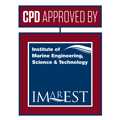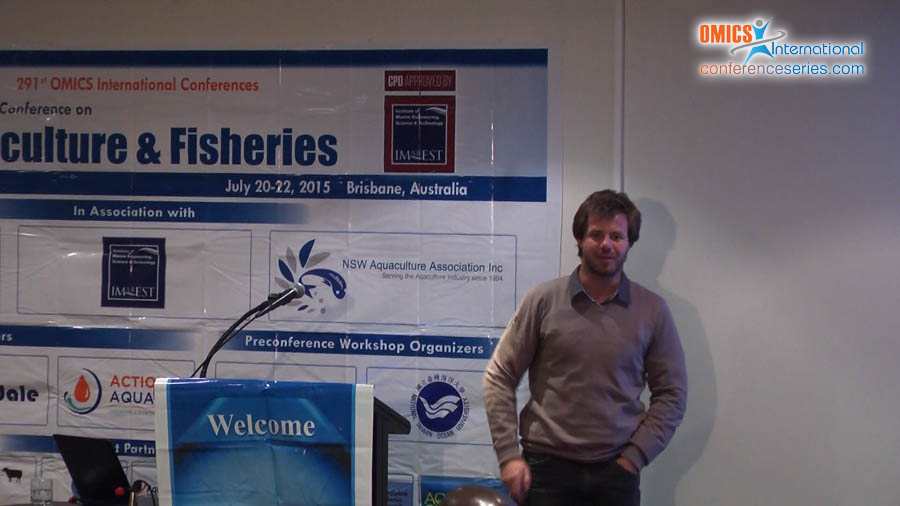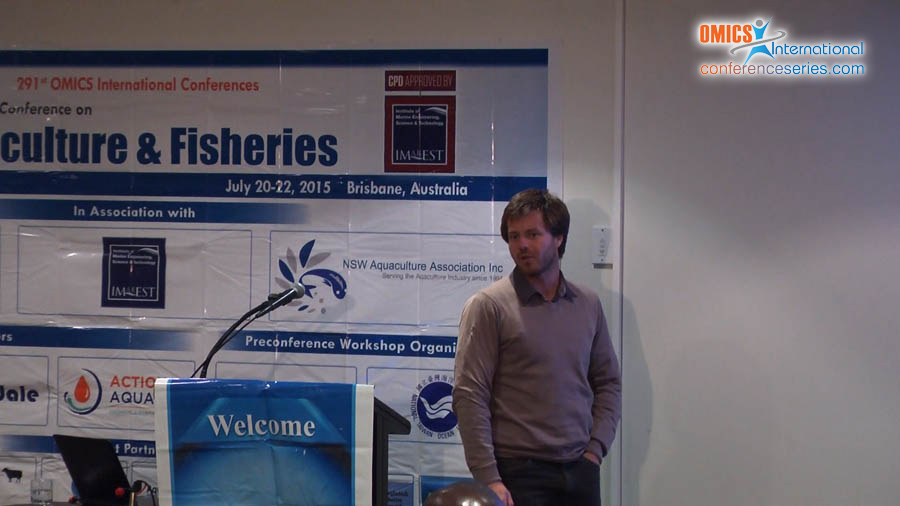
Hochard Sebastien
ADECAL Technopole
New Caledonia
Title: Rotational culture of the sea cucumber Holothuria scabra with the shrimp Liptopenaeus stylirostris: Trade-off between growth performance and bioremediation, comparison with shrimp monoculture
Biography
Biography: Hochard Sebastien
Abstract
The dramatic decrease of natural stock of H. scabra led to a rising interest for its aquaculture in south-east pacific region, but rearing strategies still need to be improved. In New-Caledonia, former trial showed that direct co-culture with shrimp was not viable. Rotational culture in earthen pond with shrimp could be an interesting approach for the territory. In this context two goals are pursued, maximize the zootechnic performances of H. scabra (growth, survival and carrying capacity) and bioremediate the pond sediment for the next shrimp crop. For this purpose, we have conducted a two step experiment in mesocosms. First, we have grown holothuria using different nutrition protocols (no food, corn waste, fish flour) and followed environmental conditions and processes (sediment metabolism, benthic Chla, sediment organic matter composition and nutrient content) and zootechnic performances. In the second step, we have selected the treatments which led to the best bioremediation and to the best growth. These two treatments were reused for a crop of shrimp and compared to shrimp monoculture. The first step showed that feeding H. scabra with corn waste enhanced growth rate at the beginning of the experiment compared to the no food treatment. Nevertheless it did not permitted to outcome the carrying capacity of the system. Feeding led to an enrichment of the system and only the no food treatment led to an observable remediation of the sediment. The second step, the shrimp crop is still under process until June 2015, and results will be presented during the conference.
Speaker Presentations
Speaker PDFs
Speaker PPTs Click Here





